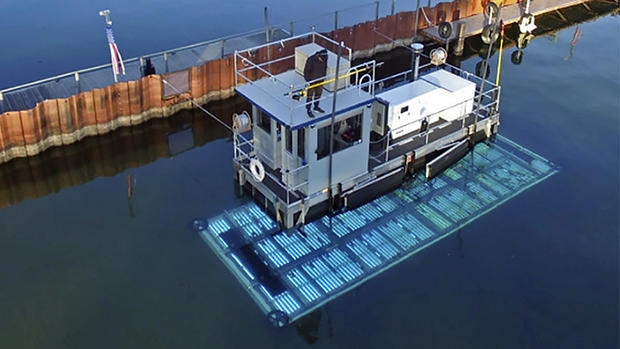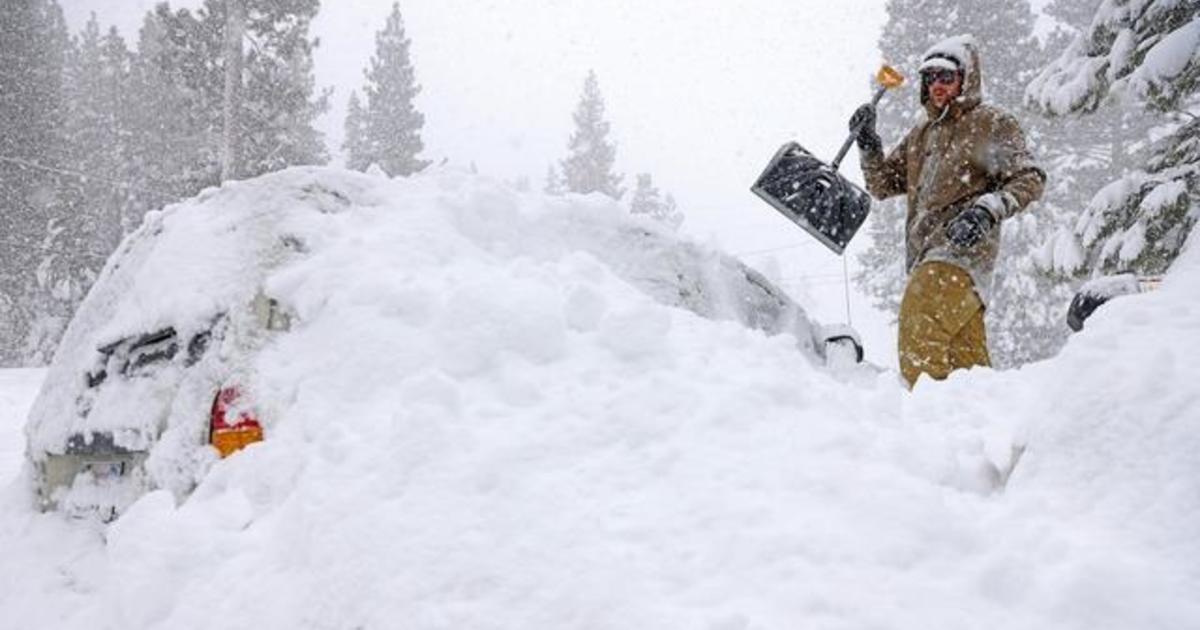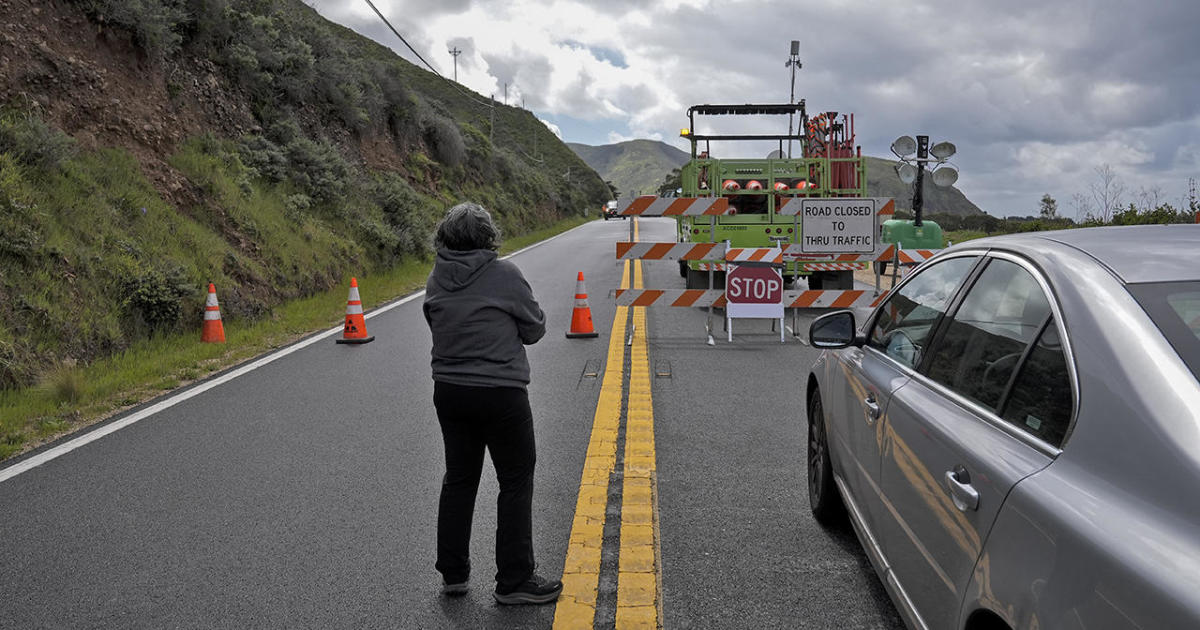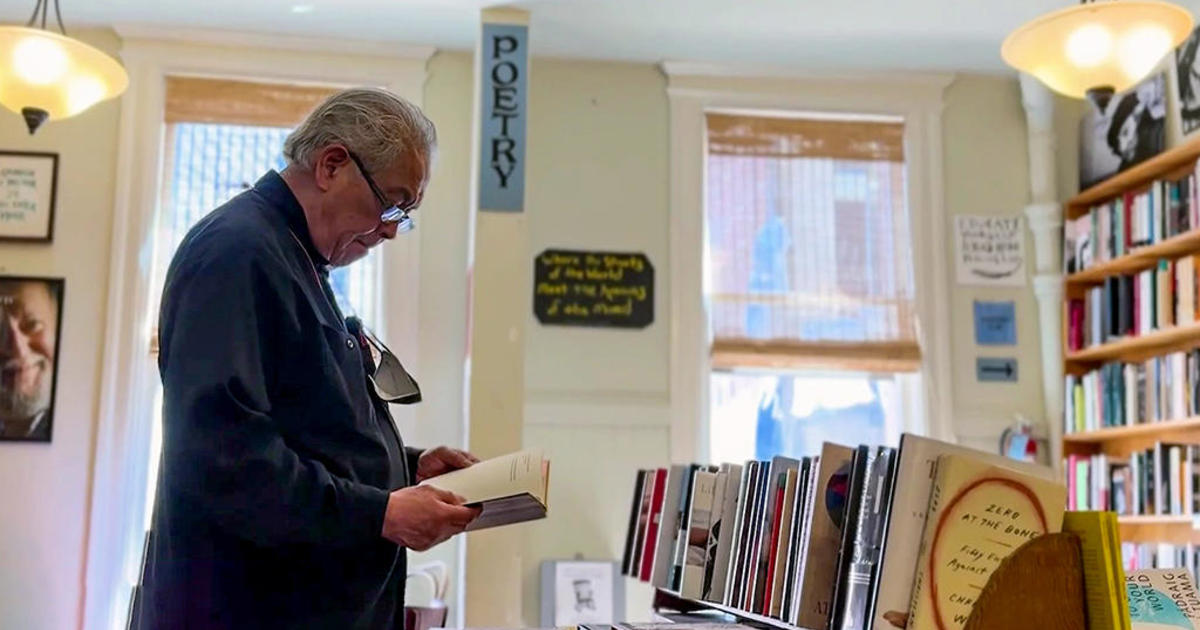Researchers Blast Algae, Invasive Plants With UV Rays to Keep Lake Tahoe Blue
RENO (AP) -- Encouraged by three years of experimentation, scientists at Lake Tahoe plan to expand the use of ultraviolet light to kill algae and other invasive plants that eat away at the clarity of the mountain water.
Researchers at the University of Nevada, Reno are monitoring the project and collecting data to study the effects of the ultraviolet-C light treatments. It's the newest tool in a two-decade effort to restore the once-pristine waters in the lake straddling the California-Nevada line.
"This could be a game-changer for managing plants at a larger scale at Lake Tahoe or beyond," said Sudeep Chandra, director of the university's Global Water Center.
The pilot project on the south shore showed that applying the light treatment caused invasive plants to deteriorate or completely collapse within seven to 14 days of treatment, the university said in a news release this week.
"This exciting, innovative approach is one of the main methods being considered in combination with other technologies to control weeds in the Tahoe Keys, which comprise the biggest aquatic weed infestation in Lake Tahoe," said Dennis Zabaglo, manager of the Aquatic Resources Program at the Tahoe Regional Planning Agency.
The new tool is a light fixture called an array mounted under a working barge, which trolls the marina dousing the plants on the bottom with UV-C light, a short-wave electromagnetic radiation light that damages the DNA and cellular structure of aquatic plants.
The technology developed by John J. Paoluccio, president of Inventive Resources Inc., is being used at Tahoe to kill Eurasian watermilfoil and curlyleaf pondweed. In addition to reducing clarity, invasive plants can clog waterways and provide cover for other non-native species, including bass and blue gill.
Chandra said ultraviolet light could be a promising tool for managers across the United States, from California to Gulf Stream waters.
Scientists are battling threats to Tahoe's clarity posed by development and climate change with a goal of eventually returning to its historical clear depth of 100 feet. A white, dinner plate-sized disc used to measure clarity was visible last year at an average depth of 62.7 feet.
Past efforts have focused on reducing erosion into the lake and use of fertilizers in the basin that speed algae growth.
Ultraviolet-C has been used historically for germicidal purposes at hospitals and laboratories and more recently in the medical field to destroy cancer cells. Some airlines have started using it to help disinfect cockpits and cabins to guard against COVID-19.
"Similar to cancer treatment or treating a virus, we want to fine-tune the application of UV under varying water quality conditions found within the lake and exposing plants under their different life stages," Chandra said.
Zabaglo said the demonstration project is implementing additional trials at larger scales at the Lakeside Marina in South Lake Tahoe, California. Three years of testing shows there is a clear difference where treatment occurred and where there was none, he said.
The vessel based at the marina is outfitted with a 12-foot by 32-foot UV array. A larger array is planned next year.
"Last year, we treated the entire Lakeside Beach two times," Paoluccio said. "The eventual goal is to have multiple arrays coupled together so one crew could treat an acre a day. This way we could easily treat two to three times a year to prevent the plants growing to maturity."
© Copyright 2020 Associated Press. All Rights Reserved. This material may not be published, broadcast, rewritten or redistributed




